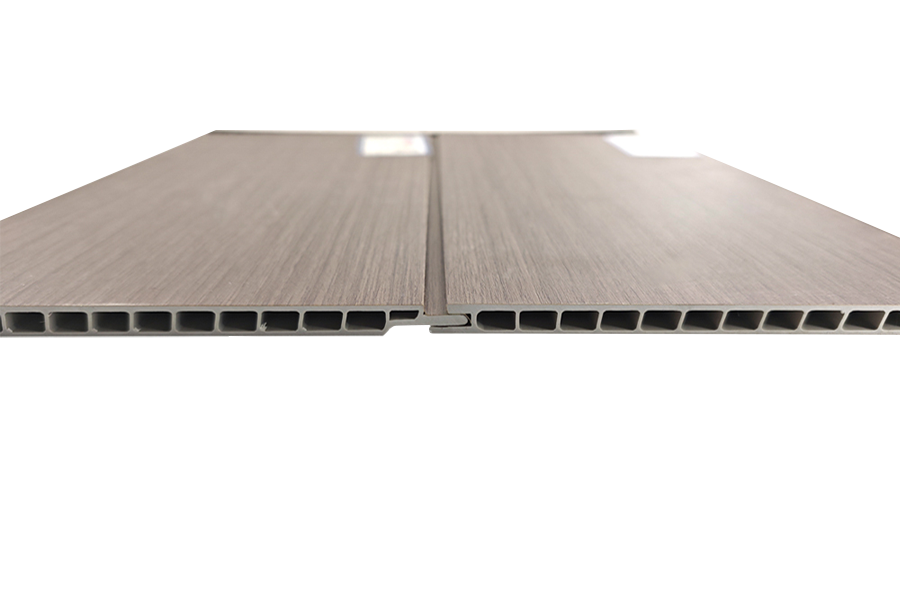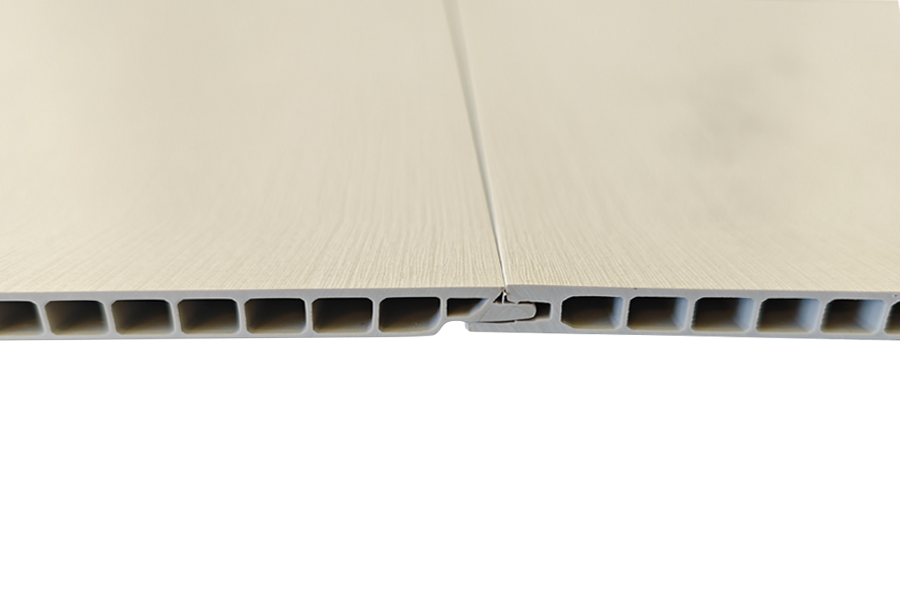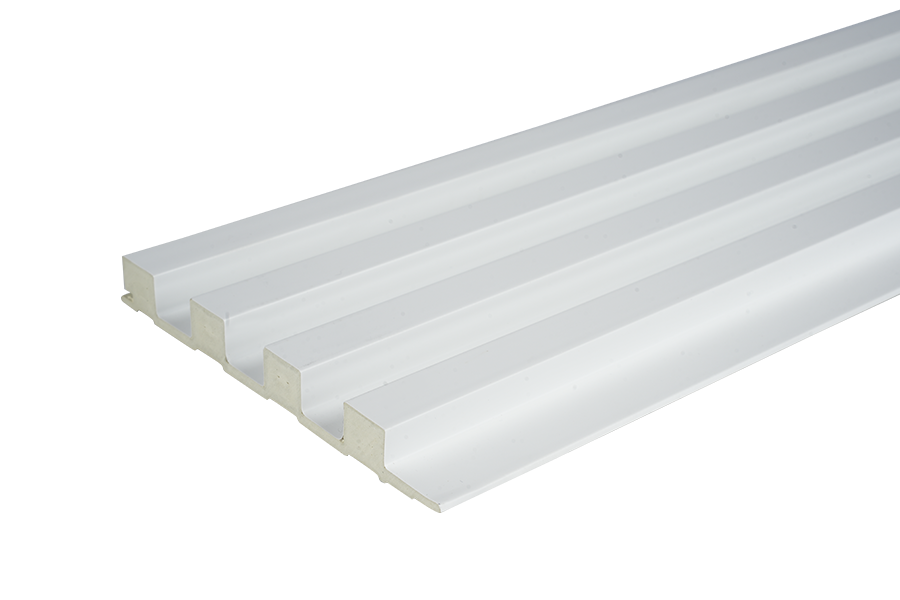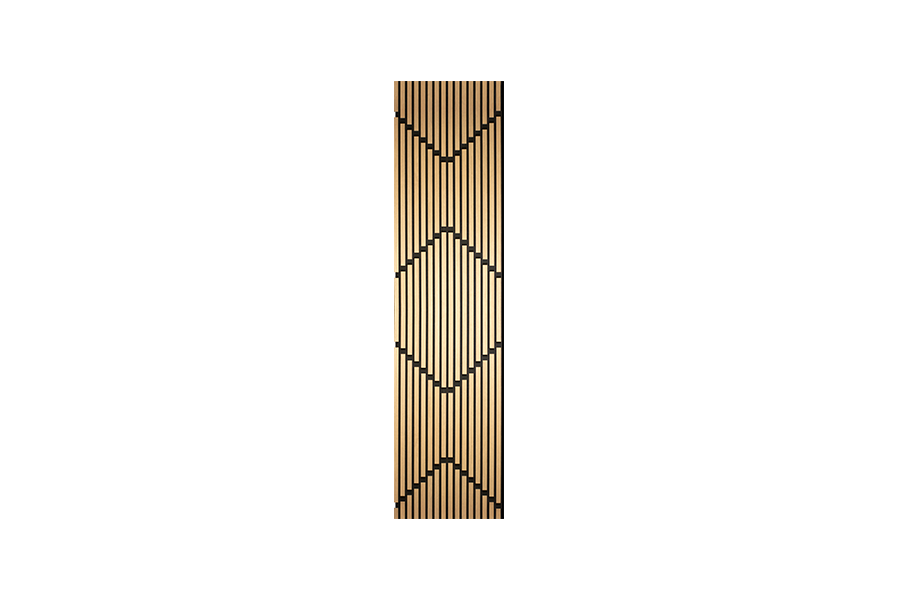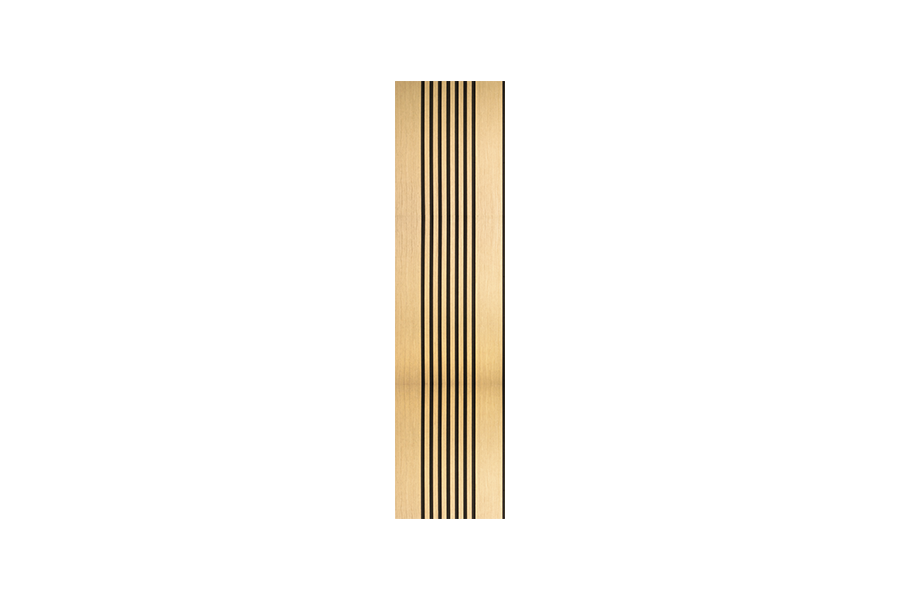For a full year we left three identical garden sheds in the same sunny backyard, each walled with a different product. One shed was built with traditional plywood, another with a smooth wood plastic panel, and the third with tongue-and-groove wpc board wall paneling. Every month we opened the doors, looked for fresh sawdust, and took photos of any changes. This simple experiment gave us a clear picture of how a wood plastic composite wall panel stands up to termites when it must face rain, heat, and real soil contact.
thing we noticed was the absence of mud tubes on the walls made from any kind of wood plastic panel. Termites build these tubes to stay moist while they travel, yet the plastic-rich surface felt too hard and slippery for them to grip. Even where the wood plastic composite wall panel met damp ground, there were no signs of tunneling. In contrast, the plywood shed soon showed classic termite damage at the bottom corners.
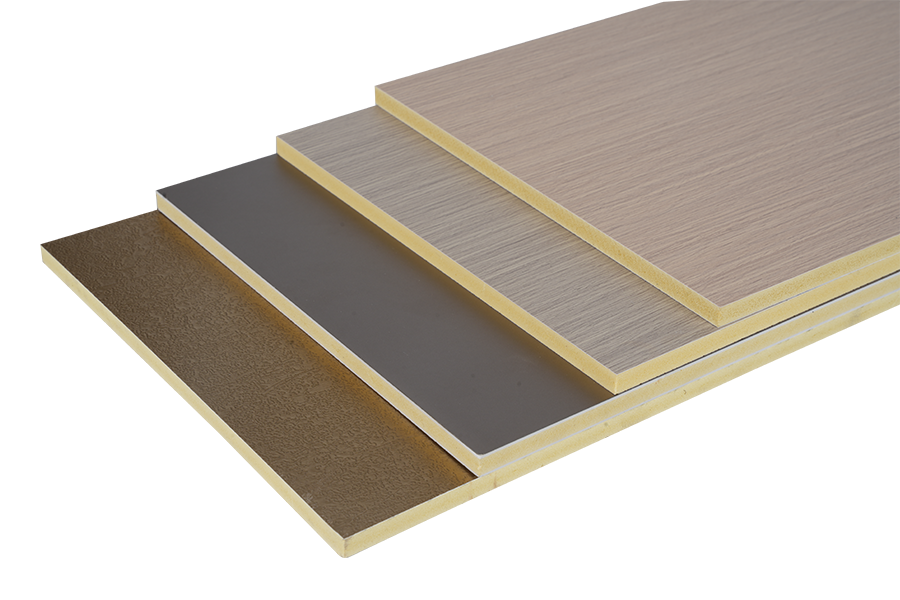
Color faded a little on every wall after a long summer, but the wpc board wall paneling kept its shape better than the rest. No swelling, no cracking, and no soft spots appeared. This stability matters because a bowed wall would create tiny gaps where insects could enter. The rigid wood plastic panel stayed flat and tight, denying termites an easy doorway.
One surprise came during the wet season. A pile of leaves leaned against a wood plastic composite wall panel for weeks. When we cleared the leaves we expected to find hidden termite paths, yet the surface was clean. The leaf litter had stayed moist, but the plastic content in the wall seemed to resist rot even under constant dampness. The same test area on the plywood shed revealed soft, chewed wood within days.
At the one-year mark we unscrewed a short section of wpc board wall paneling to inspect the back side. The hidden face looked just as solid as the front. No tunnels, no frass, and no hint of termite life. We took a sniff and noticed only the mild scent of wood and plastic, nothing like the musty odor that often signals hidden insect activity.
Friends asked if the plastic in a wood plastic panel might attract different pests, such as ants or rodents. We saw no evidence of chewing or nesting, probably because the blend of wood fiber and plastic does not offer food value to insects or animals. Even spiders seemed less interested in the wood plastic composite wall panel than in the plywood corners.
Maintenance was refreshingly easy. A quick wash with soapy water removed pollen and bird droppings from the wpc board wall paneling, and no resealing was needed. The plywood wall required fresh paint and filler in several places, a chore that could expose new raw wood to future termite attacks.
Style was another bonus. The wood plastic panel came in a warm cedar tone that matched the garden fence, so the shed looked like wood without the worry. Neighbors who saw the test assumed the wpc board wall paneling was ordinary lumber until we pointed out the lack of damage. The wood plastic composite wall panel offered the same visual charm while giving termites nothing to eat.
We also learned that installation details matter. Where the wood plastic panel touched the ground we left a small gap for airflow, and we kept mulch and plants a few inches away. These simple steps helped the wood plastic composite wall panel stay dry and uninviting to insects. Anyone using wpc board wall paneling for garden offices or pool houses can follow the same rule.
After twelve months the verdict was clear. The wood plastic panel and the matching wood plastic composite wall panel showed no termite damage, while the plywood shed needed repairs. The wpc board wall paneling proved that mixing recycled plastic with wood fiber creates a tough shell that termites simply ignore. For outdoor rooms, fences, or decorative walls, choosing a wood plastic composite wall panel brings peace of mind along with good looks.






 Español
Español عربى
عربى русский
русский

